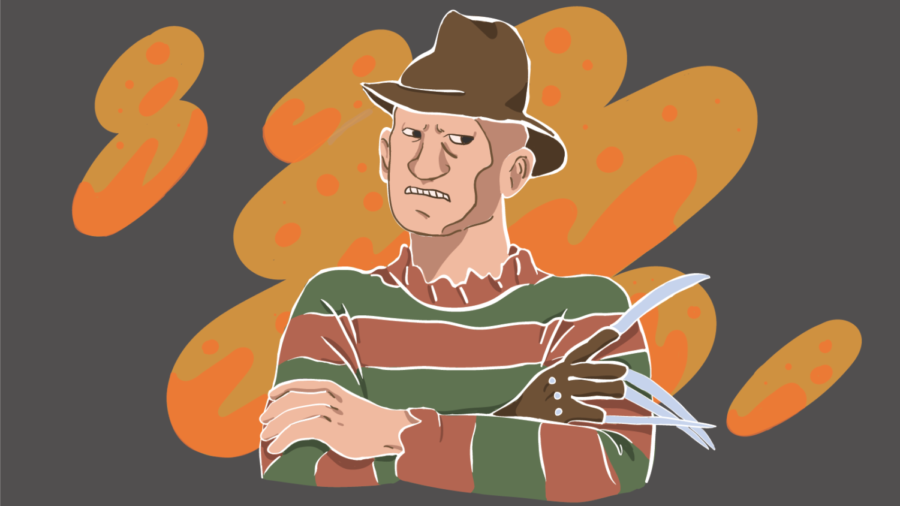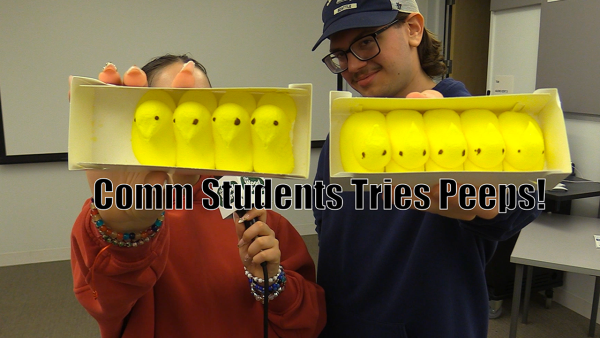OPINION: It’s time to end the “disfigured villain” trope
Photo credit/ Haven Walsh
With Halloween approaching, many will be sitting down to watch their favorite scary movies. However, several notable horror films perpetuate harmful stereotypes that depict disabled people as villains.
“A Nightmare on Elm Street” has been acclaimed as one of the best horror movies of all time, but the villain is a serial killer, who also happens to be covered in burn scars and is facially disfigured.
This trope is more common than one would think.
Take for another example, the “Harry Potter” films. Voldemort, the villain, is described as a sadist, a murderer, a psychopath that lacks empathy and regard for any life, and is also facially disfigured.
These tropes permeate children’s media as well. The most notable example of this is Scar from “The Lion King.” Scar is depicted as a greedy, murderous animal who is literally identified by his facial disfigurement.
Most recently, a screen adaptation of Roald Dahl’s “The Witches” features Anne Hathaway portraying an evil witch that turns children into rats and has facial scarring and limb differences. Hathaway has since apologized to the limb difference community, but did not mention the facial disfigurement.
This trope extends to theater as well. “The Phantom of the Opera” is currently the longest-running show on Broadway and features a facially disfigured antagonist.
Not only is the concept a cliche at this point, but it’s also incredibly harmful to people living with facial disfigurement. Associating people with disfigured faces with murderers and villains can lead to discrimination against people with disfigurements, and contributes to a society that stigmatizes scarring and other differences.
Changing Faces, a UK based organization advocating for equal rights and representation of those with disfigurements, has conducted several surveys to measure instances of discrimination against people living with disfigurements. 50% of high school students surveyed said that they had experienced bullying that targeted their appearance and of that 50%, 84% of students did not feel supported by their schools.
Of the employed adults surveyed, 62.9% of people said that their appearance was mentioned by their colleagues and 17.8% experienced discrimination from their manager. 17.1% of survey respondents said that they left a job, voluntarily or involuntarily, because of a reason connected with their appearance.
People with disfigurements deserve to be represented as heroes and protagonists, just as much as anyone else does. Perhaps by featuring disfigured characters as protagonists, society would become more accepting and inclusive of people living with disfigurements.
Now, I love “The Lion King” and “The Phantom of the Opera” as much as the next person, and I am not calling for the removal of these beloved works of art.
The movies we watch, no matter how imaginary, have real-world implications. It’s time for filmmakers to be more aware of the impact their stories have on society, and for viewers to critically examine the content we are consuming, and consider the effects it may have on us.
Contact the writer: [email protected]

Madeline Adams is a junior multimedia communications major and is the Editor in Chief for The Wood Word. She is a DJ for Marywood's own, VMFM 91.7, and...









